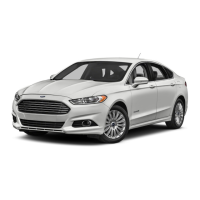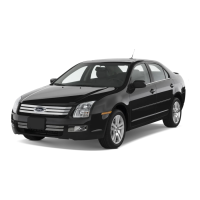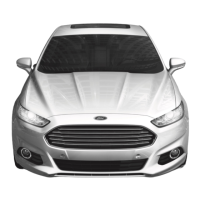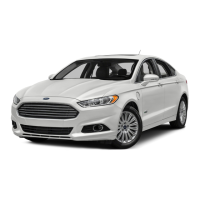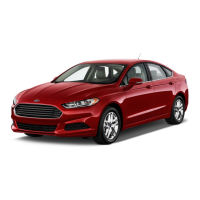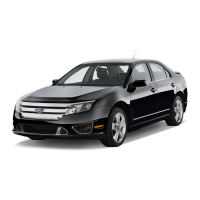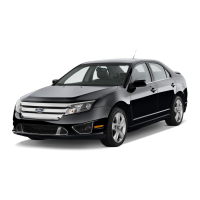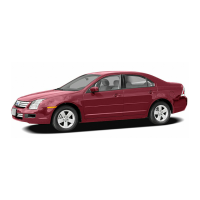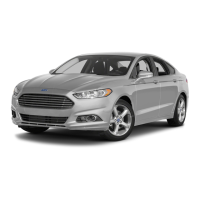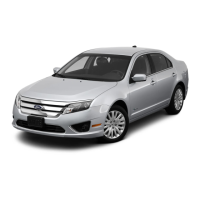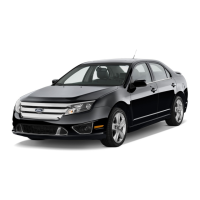TOWING A TRAILER
WARNINGS
Do not exceed the maximum
vehicle and trailer weight stated
on the vehicle identification plate. See
Vehicle identification (page 166).
ST vehicles are not approved
for trailer towing.
Note:
Not all vehicles are suitable or
approved to have tow bars fitted.
Check with your dealer first.
Place loads as low and central to the
axle(s) of the trailer as possible. If you
are towing with an unladen vehicle,
the load in the trailer should be
placed toward the nose, within the
maximum nose load, as this gives the
best stability.
Note:
The maximum trailer nose
weight can be found on the
manufacturers data plate on the tow
bar.
The stability of the vehicle to trailer
combination is very much dependant
on the quality of the trailer.
In high altitude regions, the stipulated
maximum permitted gross train
weight must be reduced by 10% for
every 1 000 metres (3 281 feet).
Steep gradients
WARNING
The overrun brake on a trailer is
not controlled by ABS.
Change down a gear before you
reach a steep downhill gradient.
DETACHABLE TOW BALL
WARNINGS
Never leave the detached tow
ball arm unsecured inside the
vehicle. This would increase the risk
of injury in an accident.
Take special care when fitting
the tow ball arm as the safety of
the vehicle and the trailer depends
on this.
A 13-pin trailer socket and the tow
ball arm seat are provided
underneath the rear bumper. Turn
the trailer socket down through 90
degrees until it engages in the end
position.
When not in use, always transport
the tow ball arm securely fastened in
the luggage compartment. Insert the
plug into its seat.
99
Towing

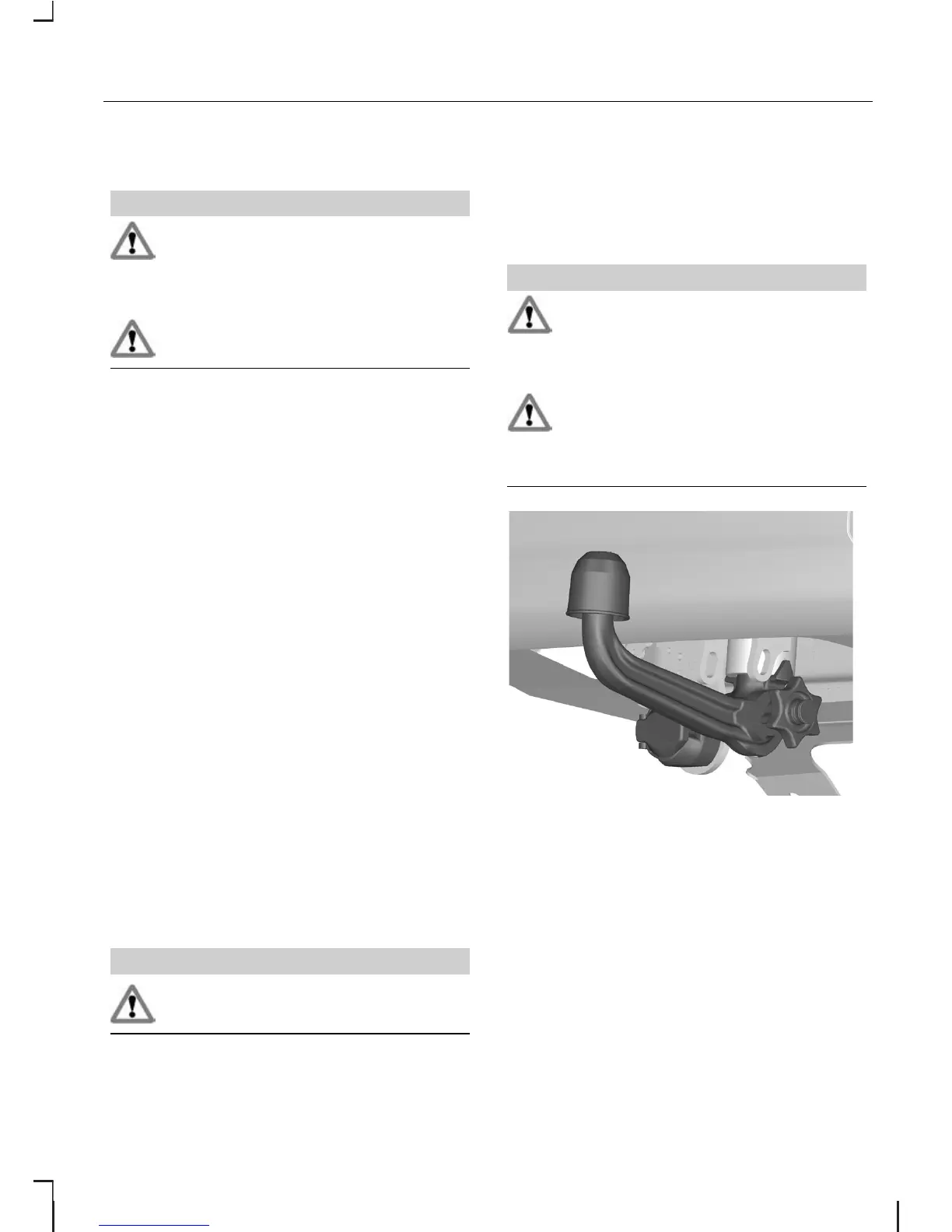